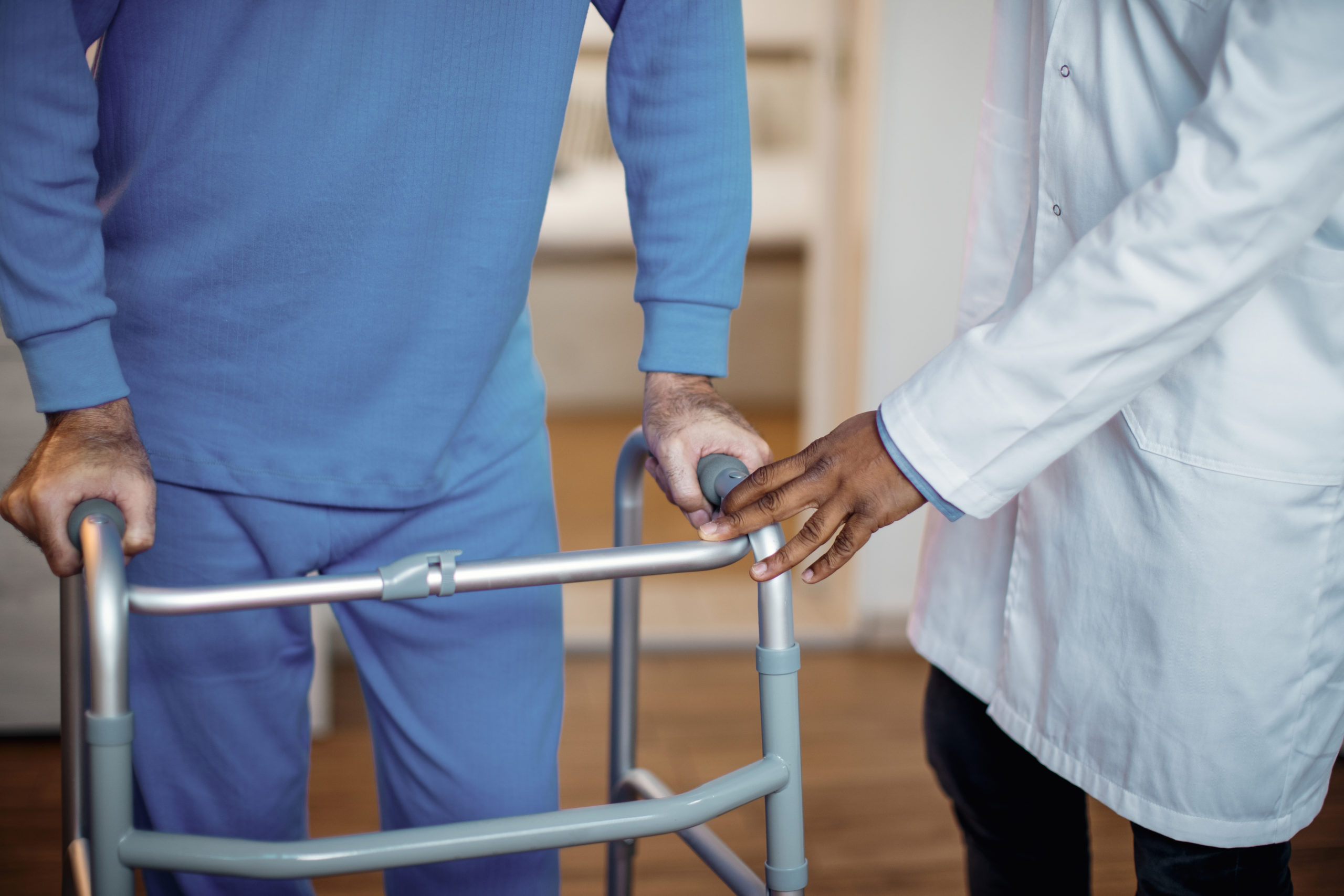
3 Types of Long-Term Care

As we get older, we might find it harder to tackle everyday tasks, and that’s where long-term care comes in to provide support and manage quality of life. It’s not just about physical health; it’s also about feeling good emotionally and staying as independent as possible. Long-term care can help with tasks such as eating, bathing, mobility, and running errands, while still giving you or your loved one flexibility and independence to live their lives.
About 70% of people 65 years and older will need some form of long-term care in their lives, and it can be confusing to know what kinds of care should be considered. So whether it’s for you or a loved one, here are three of the more common forms of long-term care you may one day find yourself considering.
Three Types of Long-Term Care to Consider
Assisted Living
Assisted living facilities provide care for older adults who need help with daily activities but don’t require constant health assistance. These communities typically offer a variety of assistance levels, making them a flexible option depending on what individuals may need at different stages of aging. It can vary from 24/7 supervision to more independent setups where help is available when needed. This flexibility allows one to choose between living alone or in a group, depending on the care required. Many 55+ communities also fall into this category, where residents can enjoy independent living while having assistance with tasks like meal preparation, housekeeping, and personal care as their needs change.
Skilled Nursing Facilities
Also known as nursing homes, these establishments are ideal for those who require constant medical care and supervision. These facilities staff trained nurses who provide various services, like rehabilitation therapy, personal care, dietary services, and social activities. Skilled nursing facilities are ideal for those who are managing more serious health issues or injuries that require ongoing care and support.
Home & Community-Based Services
For many people, receiving long-term care in the comfort of their own home is their first preference. Home and community-based services allow individuals to remain independent while receiving the essential support needed. These services can include personal care assistants who help with daily tasks, meal delivery programs, transportation services, and adult day care centers. This option can often be more cost-effective than moving into a care facility, as it allows one to live in their own home.
Planning for the future and evaluating the options available for long-term care is a necessary step of aging. While the future is uncertain, and aging might bring up some unexpected challenges, it’s essential to have a strategy in place to protect your hard-earned assets and your health. By exploring your options now, you can ensure that you or your loved ones receive the proper care.
Contact Miller Estate and Elder Law
If you are looking into long-term care options, the experienced attorneys at Miller Estate and Elder Law are here to help guide you through the process. Contact us today at (256) 251-2137 or by filling out the form below.







